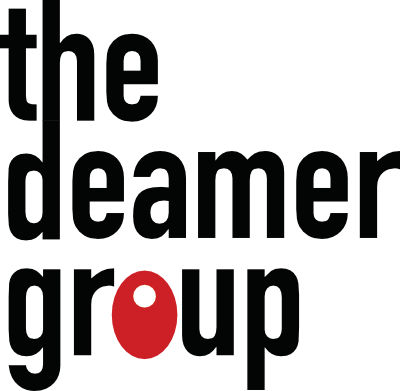Traditional hiring practices are quickly becoming obsolete, especially in this post-Covid economy. Simply relying on “gut instincts” can no longer provide organizations with the talent they need to support their growth objectives. It is necessary to have a more structured approach to interviewing, testing, evaluating, and ultimately hiring job candidates.
A three-part process for improving the outcomes
There are three key steps in the selection process that can make it more standardized and objective. These are:
1. Develop behavioral focused interview questions and use them consistently for each candidate.
2. Utilize testing to gage appropriate cognitive and personality traits.
3. Employ task-oriented questions or demonstrations.
Behavioral Interviews: move from ineffective to substantive
A typical interview, which is generally unfocused and unstructured, does not reveal how a candidate handles pressure. Or how they motivate themselves. Or how they handle difficult projects. Traditional interviews assess none of this and in fact, are poor predictors of how successful the candidate will be. Additionally, too many interviews meander along with the interviewer spending most of the time talking and little time actually listening to the candidate. Each interview is conducted differently which makes comparisons of candidates impossible. This doesn’t mean that interviewing as a whole is ineffective, it just means that the process needs to be enhanced for better results.
The answer is to conduct behavioral interviews, which have been found to almost triple the correlation of a positive interview to job success compared to traditional interviews.
The process does not need to be complex nor is it difficult to implement. It consists of defining the qualities needed for a specific role, then asking candidates how they have actually demonstrated these qualities in prior work situations. Questions are posed in the same manner to each candidate. They often sound like this — “Tell me about a time when…” or “What would you do if…” Taking this one step further, you can have several different interviewers meet with the candidate and then look at the aggregate results.
Time for testing
There are a wide variety of tests available that can assess both cognitive and personality traits. There are also tests that combine the assessment of both categories in one test. The results can then be compared to benchmark scores that have been compiled by the organization’s top performers in the same or similar role. But the test results are not applied in a vacuum. The results can and should be reviewed with the candidate. This gives them the opportunity to explain themselves, allows the interviewer to address weak spots and obtain additional information, and if they are hired, the results can help point out how best to manage the new employee.
Let them try it out
Each company will want to develop their own set of tasks that are the same or similar to those the candidate would be performing in the job. These tasks do not need to be physical tasks, but can also consist of particular questions — “Please explain how you would do/present…” or “tell me how you would improve this sentence/paragraph/letter.” If the tests are actual tasks that the individual needs to perform, make sure they are tasks that have a very clear outcome and one correct way to perform it.
A final word
There will always be those that are skeptical about this particular approach to hiring — those who believe that their “instincts” tell them more about a candidate than any structured interview or test could. For all those who do not believe, there have been hundreds of studies on these types of hiring systems and the results prove that testing and structured interviews outperform “gut” hiring by a significant factor.
The Deamer Group is composed of expert, talent acquisition professionals and we pride ourselves on applying a methodical approach for the best outcome. What makes our team unique is our extensive background in talent acquisition, organizational development, leadership development, process improvement, and organizational effectiveness. We know and understand the skills and abilities required to be successful and the importance of matching the right candidate to the right organization and role.

